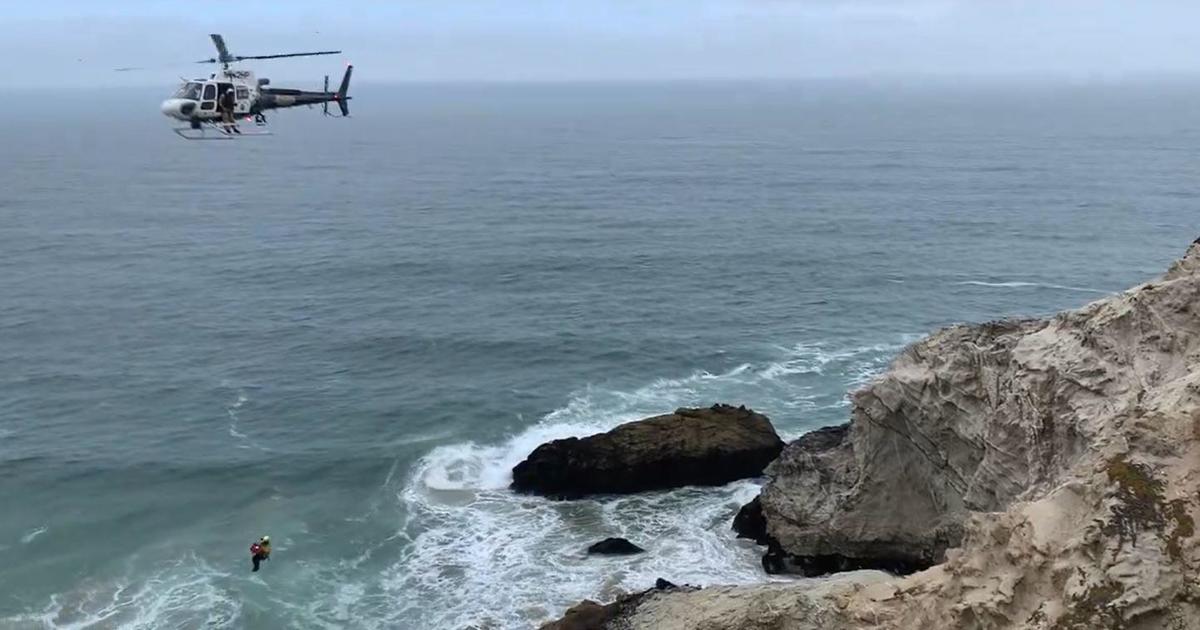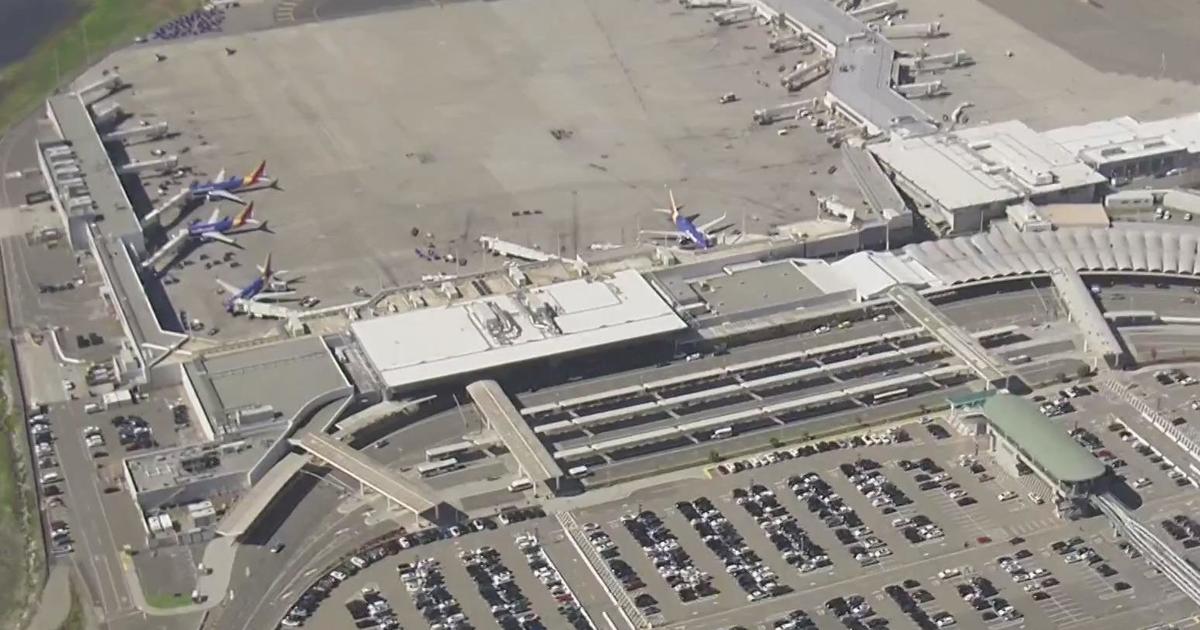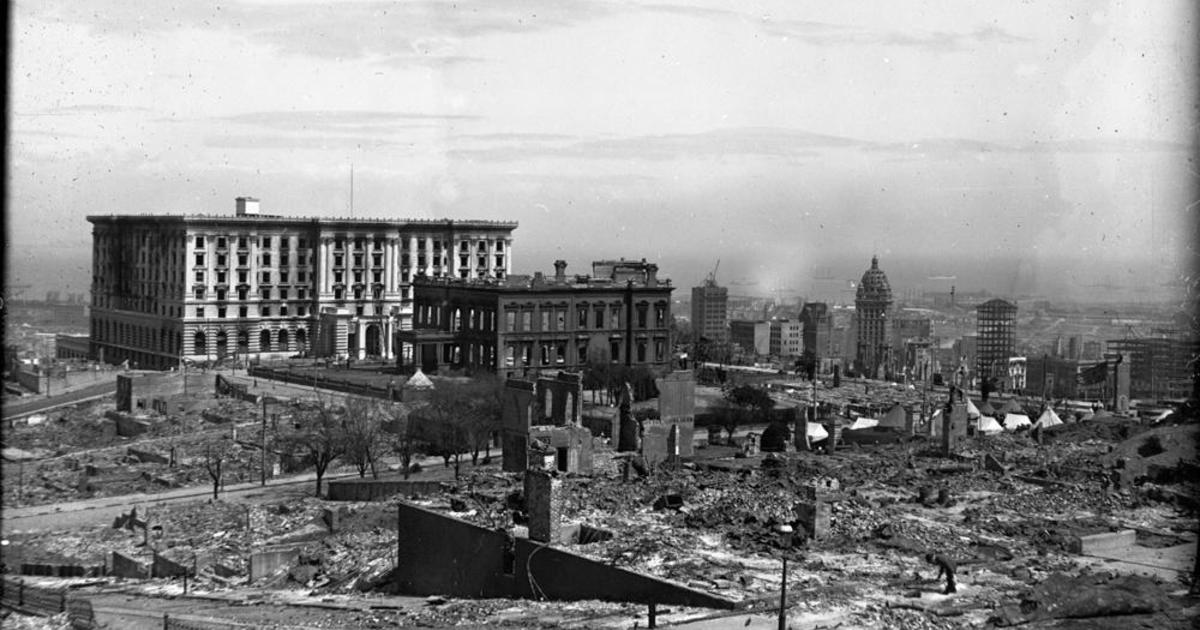Design, Construction Blamed In Damage To Oroville Dam
SAN FRANCISCO (AP) — Bad design and construction of the tallest U.S. dam a half-century ago, and inadequate state and federal oversight since then, led to a disastrous spillway collapse at the Oroville Dam, an independent team of national dam safety experts said Tuesday in urging tougher safety reviews at dams nationwide.
The experts investigating February's spillway failures at California's Oroville Dam say the state probably could have detected the problems that led to the collapse if dam managers had assessed the original construction flaws in the 1960s-era dam in light of modern engineering standards.
Clues to the crisis at Oroville Dam "were all in the files" of California officials showing the original flaws in the spillways' foundation, concrete and drainage, said John France, speaking for the expert panel formed by national dam-safety associations.
At Oroville Dam, "there has never been an evaluation completely that went back thoroughly in the files," as far as the outside experts can tell, France said.
Erin Mellon, a spokeswoman for California's Department of Water Resources, the owner of the 770-foot-high (235-meter-high) dam, said state officials "are committed to applying lessons learned from Oroville.
"The reconstruction efforts at Oroville will bring the spillway design and construction up to today's standards to ensure we address the physical causes that led to the February failure," Mellon said.
Assessing whether similar problems lie unseen in other old dams nationally will depend partly on authorities budget the money for those historical reviews, France said.
Authorities ordered nearly 200,000 people to evacuate Feb. 12 after both spillways at Oroville Dam collapsed. Authorities feared an uncontrolled release of massive amounts of water, which did not happen. Residents and farms downstream have filed more than $1 billion in claims for damage they blame on the state's heavy releases of water from the dam to deal with the crisis.
Experts from the national Association of State Dam Safety Officials and the U.S. Society on Dams are conducting their own joint review of the causes of the Oroville crisis for any safety lessons the California crisis holds for dam managers nationally.
State and federal officials also have initiated investigations.
Tuesday's report says water entering through cracks or repair seams in the main spillway may have triggered crumbling of the spillway. It cites a series of problems with the original construction of the spillway in the 1960s, including thin concrete, poorly placed drains, and inadequate foundations.
Inspections alone would not have been enough to deal with the original flaws, the experts said.
However, a thorough review of flaws built into the dam originally "would likely have connected the dots ... by identifying the physical factors that led to failure," the investigators said.
Existing federal regulations may already require that kind of historical review of a dam's original construction, France said.
He later added, however, that industry experts are looking into whether there was "some wriggle room in interpretation" of those federal regulations.
The federal rules in question require outside consultants to conduct a thorough safety review of the dams every five years, including "due consideration of all relevant reports" on the dam by government agencies or consultants, as well as carry out a "review and assessment of all relevant data."
Oroville's managers believe no existing regulation requires the kind of historical review that dam-experts recommended Tuesday, Mellon said.
Federal agencies have made that kind of safety evaluation of the original design and construction of federal dams a routine part of safety inspections for years.
Most states have not, relying instead on physical inspections of the structures, France said.
Tuesday's recommendation for more thorough safety reviews is likely to have impact on dam inspections nationwide. The average dam in the United States was built more than a half-century ago under design standards that are now outdated.
Oroville Dam for a time in the 1960s was the tallest dam in the world, and a point of pride for the United States as it vied with the Soviet Union for prestige globally during the Cold War. Thirty-four people died in the construction of the dam, and dam experts allege corners were cut in the building of it.
© Copyright 2017 The Associated Press. All Rights Reserved. This material may not be published, broadcast, rewritten or redistributed.



